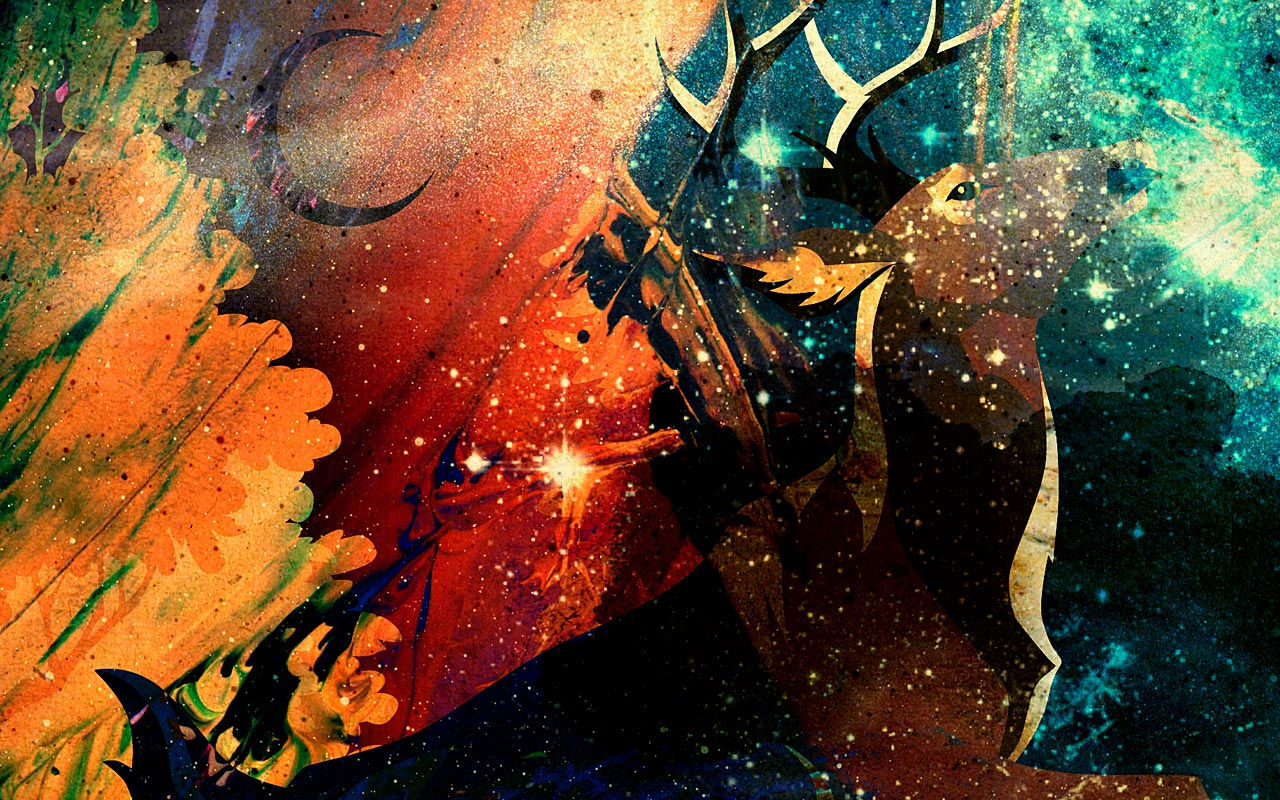
AS
What is Indianization?
Indianization refers to the Indian cultural influences upon Southeast Asia, and the process by which the influence was passed. There are many theories that accord varying degrees of passiveness of the Southeast Asian community in being a recipient of the Indian culture, and that give different interpretations of who brought the influence and how the influence came to Southeast Asia to begin with.
So what exactly is the Indian culture? The Indian culture that was spread to Southeast Asia is what some would call the Sanskrit culture, including, but not limited to:
-
Conception of state i.e. Mandala
-
Concepts of kingship e.g. divinity associated with vijigisu (meaning conqueror) and ekacchatra (one-umbrella sovereignity)
-
Denominations and philosophical teachings, including religions
-
Cosmology and mythology, such as the great epics of Mahabharata and Ramayana
The Indians came to Southeast Asia mainly for Eastern goods, which they traded along the Malay Peninsula. India's relationship with Southeast Asia grew during 3-4 Century CE when Indo-Roman contact declined, eventually leading to Indianization.
This website will provide you with a general understanding of the common concepts associated with the Indianization of Southeast Asia, including the three major theories of Indianization, the routes taken from India to Southeast Asia, the degree of automony in the cultural influence as well as the common impacts of Indianization. These concepts will also be exemplified using the example of Srivijaya, an Indianized empire in maritime Southeast Asia, to show specifically how all this happened. If you would like to see another example of an Indianized empire in Southeast Asia, this time on the mainland where conditions are very different, do visit http://allaboutkhmer.weebly.com.